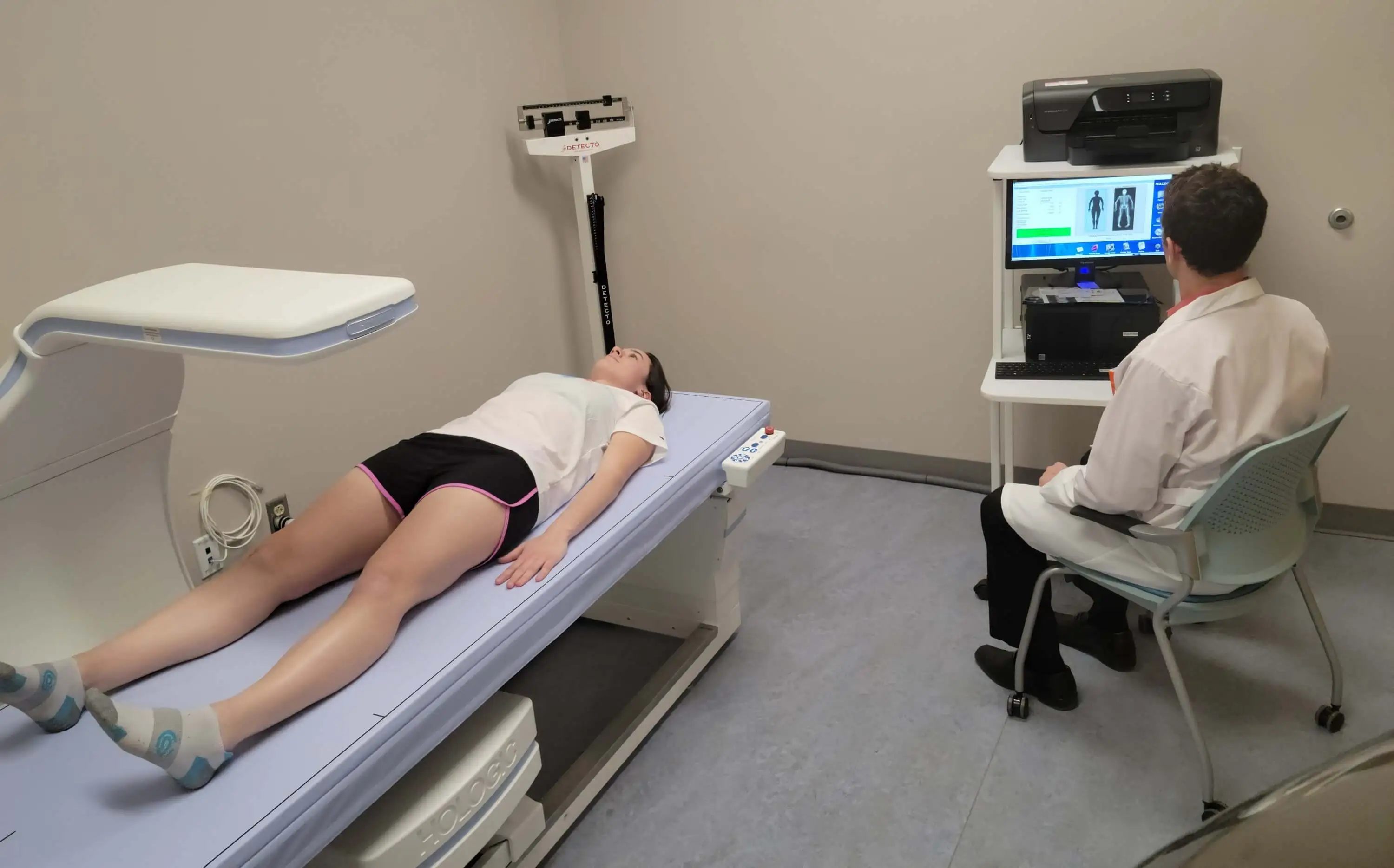otion

The Top 3 Metrics to Track with a DEXA Scan
Most people think of DEXA scans as just a tool for measuring body fat precisely, but their true value lies in the deeper insights they provide. Visceral fat, muscle mass, and bone density are the three metrics that matter most. Together, they paint a clearer picture of your metabolic health, strength, and long-term risk for conditions like insulin resistance, fractures, and frailty.
Lab Tests | Body Composition